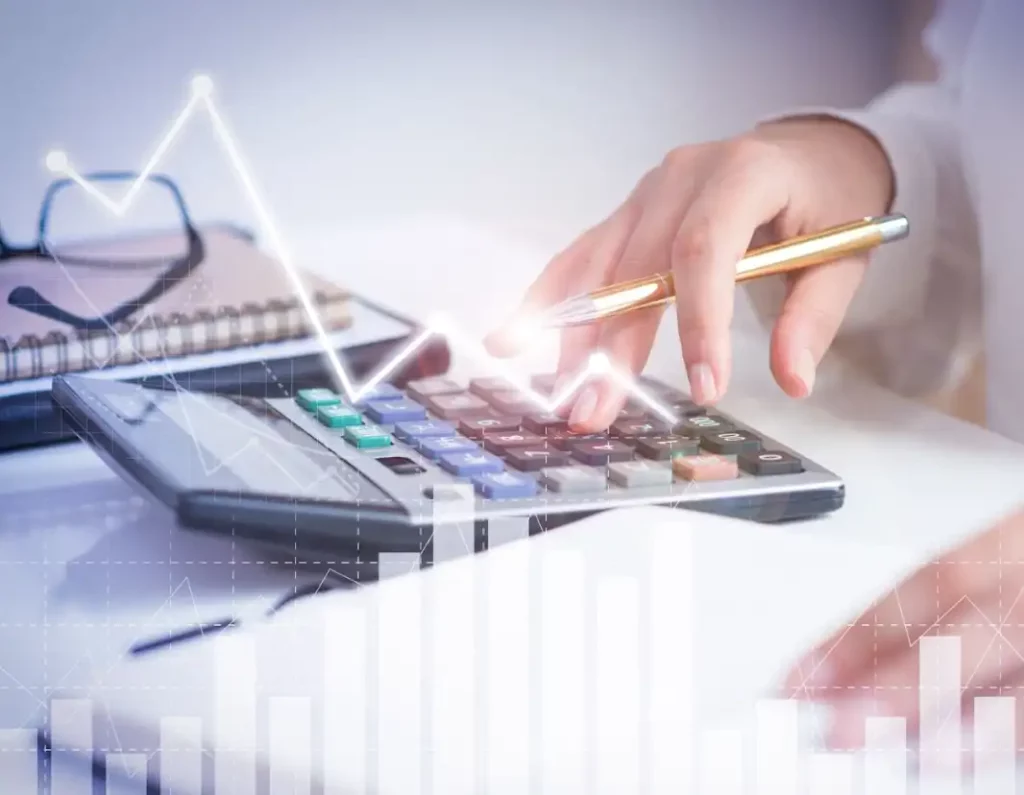
Sales forecasting strategy can be a game-changer for businesses, providing a roadmap to success even in unpredictable market conditions. However, it’s surprising that only a handful have fully tapped into its potential while others grapple with uncertainty and missed opportunities.
In this article, we’ll walk you through practical steps and real-world examples to demonstrate how these strategies and a sales forecasting tool can take your business above the competition.

Why Traditional Sales Forecasting Falls Short?
Suppose you’ve launched a startup specializing in the latest tech stack and only have data for the last six months. Now, consider the challenges of traditional sales forecasting:
- With only six months of sales history, traditional forecasting relies on this short timeframe to predict future sales. This limited historical context may not capture long-term trends, leaving you with incomplete insights.
- Now, imagine your business experiencing a significant 50% increase in sales during the holiday season. Traditional methods might overlook these seasonal spikes, leading to inaccurate forecasts that fail to account for such fluctuations.
- Imagine a new type of smartphone or wearable device hits the market. While this innovation may generate high demand, it doesn’t guarantee increased interest in your products. In fact, it may lead consumers to prioritize purchasing the new device over your offerings, potentially impacting your sales. Here, traditional sales forecasting methods fail to adapt to rapidly changing industry dynamics.
- Suppose you sold 1,000 smartphones last month, and you assume you’ll replicate that this month. This simplified approach doesn’t consider dynamic factors like evolving consumer preferences or shifts in the competitive landscape, possibly leading to significant forecasting discrepancies.
- Let's say you’ve invested in a compelling social media campaign to promote your gadgets, and it’s gaining significant traction. However, traditional forecasts, typically relying on older data, may not reflect the sudden surge in demand. This leads to missed opportunities, inventory shortages, or failure to meet customer demand.
The Evolution of Sales Forecasting
The evolution of sales forecasting over the years has been nothing short of remarkable. From humble beginnings relying on basic spreadsheets and historical data, we’ve witnessed a profound transformation driven by technology and data analytics.
For instance, companies now use sophisticated tools to analyze vast amounts of real-time data, including customer behavior, market trends, and economic indicators. These tools can identify patterns and correlations humans might have overlooked, resulting in more precise predictions.
Additionally, cloud computing has revolutionized the accessibility of forecasting tools. Small businesses and startups can now access the same powerful forecasting capabilities that were once the exclusive domain of large enterprises.
The evolution of sales forecasting tools not only improved accuracy but also enabled businesses to
- make better strategic decisions,
- allocate resources more efficiently, and
- respond swiftly to market changes.

Key Components for an Effective Sales Forecasting Strategy
Imagine leading a tech startup, pioneering cutting-edge gadgets in a dynamic market. Your sales forecasting strategy is your compass, guiding you through supply and demand complexities.
Here are the five key components:
- It begins with robust data analysis, utilizing historical sales data, market trends, and customer behavior to inform forecasts accurately.
- Constantly tracking market changes, customer sentiments, and competitors' activities in real time to adjust forecasts promptly.
- Ensuring alignment between sales, marketing, and other relevant departments to optimize resource allocation and meet business goals.
- Preparing for various market scenarios, including disruptions, to have contingency plans for proactive responses.
- Learning from past performance, gathering feedback, and adjusting to refine forecasting methods over time.
Implementing Advanced Sales Forecasting Techniques
Let’s explore two powerful sales forecasting techniques that help companies predict sales accurately. These methods simplify the complex task of forecasting and arm businesses with the insights they need to thrive.
Opportunity Stages Forecasting
This method predicts sales based on various stages of a sales pipeline. It involves categorizing sales opportunities into different stages.
Let’s assume you run a software company and you have categorized sales opportunities into five stages:
- Contacted,
- Qualified,
- Presented,
- Negotiation, and
- Closed
You’ve found that historically, 80% of opportunities that reach the “Negotiation” stage end up closing successfully. It provides a clear view of the sales funnel's health and predicts revenue based on the progress of opportunities.
Time Series Analysis
The idea is simple: what’s happened in the past can help you foresee the future. Time series analyze your historical data to predict future sales trends.
Imagine you’re planning your next smartphone launch. Time series analysis dives into your past five years of sales data. It now reveals a consistent pattern - your sales increased by 10% each year.
In this case, you can confidently predict a 10% growth in smartphone sales for the upcoming year, ensuring efficient resource allocation and meeting demand without overstocking.

In conclusion
The success of your business hinges on your ability to predict sales accurately. Sales forecasting techniques are the guiding stars of companies. From the evolution of sales forecasting to uncovering the best techniques, we’ve covered it all. Which sales forecasting techniques do you find most intriguing?

